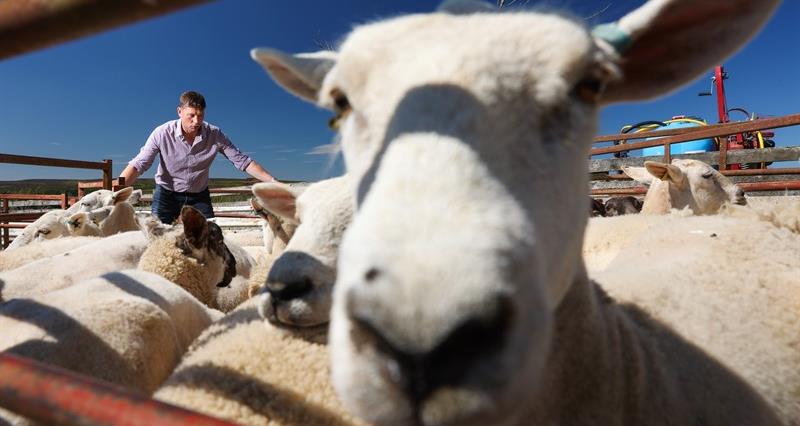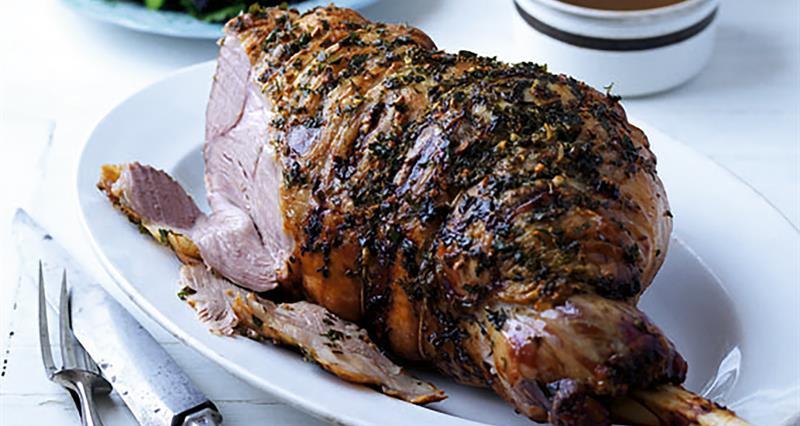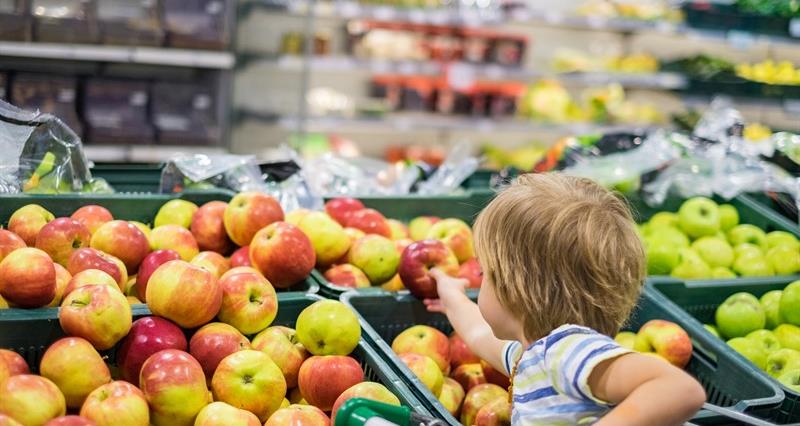I write this as the concern within the GB sheep sector continues to build.
In recent days we’ve seen the OSL (old season lamb) deadweight price fall to 495p/kg, and the liveweight price fall to 234p/kg .
Many will remember that this time last year the deadweight price stood at 577p/kg and the liveweight price at 269p/kg. That is 20% higher than the current 2023 farm-gate price.
Significant challenges
This all comes on the back of huge increases in our farm inputs of feed, fuel and fertiliser. My sheep rolls have gone from ÂŁ280/tonne in 2022 to ÂŁ400 in 2023.
I know this will present significant challenges to many sheep producers that are also having to contend with the phased reduction in BPS support.
I’m not alone in wondering if the offer provided by the new Environmental Land Management scheme will deliver that much needed support. For ELMs to succeed it needs to be simple, provide certainty and fairly reward farmers for taking part, and crucially work for all types of livestock production whether upland or lowland.
“Whilst we see some strong commitments from UK retailers in support of British for fresh, we don’t see those same commitments for frozen.”
NFU Livestock Board chair Richard FindlayÂ
What's causing the drop in prices?
Clearly grocery inflation and the overall cost of living is having a measurable impact on the demand for lamb.
The category is down 8% by value to the end of December 2022 and down 17.9% by volume. Consumers are trading down to cheaper proteins and there are signs that they are beginning to switch to value ranges and from fresh to frozen where country of origin may become less important to the consumer.
Whilst we see some strong commitments from UK retailers in support of British for fresh, we don’t see those same commitments for frozen.
Concern over trade deals
Like many sheep producers we were dismayed to see the trade deals offered to Australia and New Zealand.
Many commentators and those in government said at the time that we have nothing to fear as their key markets in Asia would take the majority.
So, when I see the most which tells me that volumes of NZ lamb are up by 30% year on year in value terms and 8% up Y/Y in volume terms – I’m concerned that Government may not have fully understood the potential consequences of those deals on UK producers.
Our lobbying asks:
- We will continue to challenge retailers and businesses in the out of home market to be clear on their British sourcing commitments.Â
- Support industry initiatives and campaigns, such as the campaign.
- We need the UK government to consider applying safeguards to the trade deals currently being scrutinised in Westminster. The risk that domestic production will be further undermined by imports produced to standards that would not be acceptable here is just not right.
- We need to see much more action from Government to support the work of AHDB, including match funding levy payer contributions towards export initiatives.
- We need a greater focus on growing our export opportunities, securing market access, and maintaining our position in established markets such as the EU. Placing a cut of meat or by-product into the most valuable market is crucial for the red meat sector.
- We must continue to develop the growing domestic and international market for Halal lamb. We know that many British Muslims will buy lamb regularly, we need to be much more focussed on this important market by ensuring we provide the quality and deliver the right stock at key times of the year.
I am in no doubt that we will face challenges on a number of fronts in 2023. But what I do know is that we have a sheep industry that is innovative, striving to deliver a great product to the high standards our customers expect.




